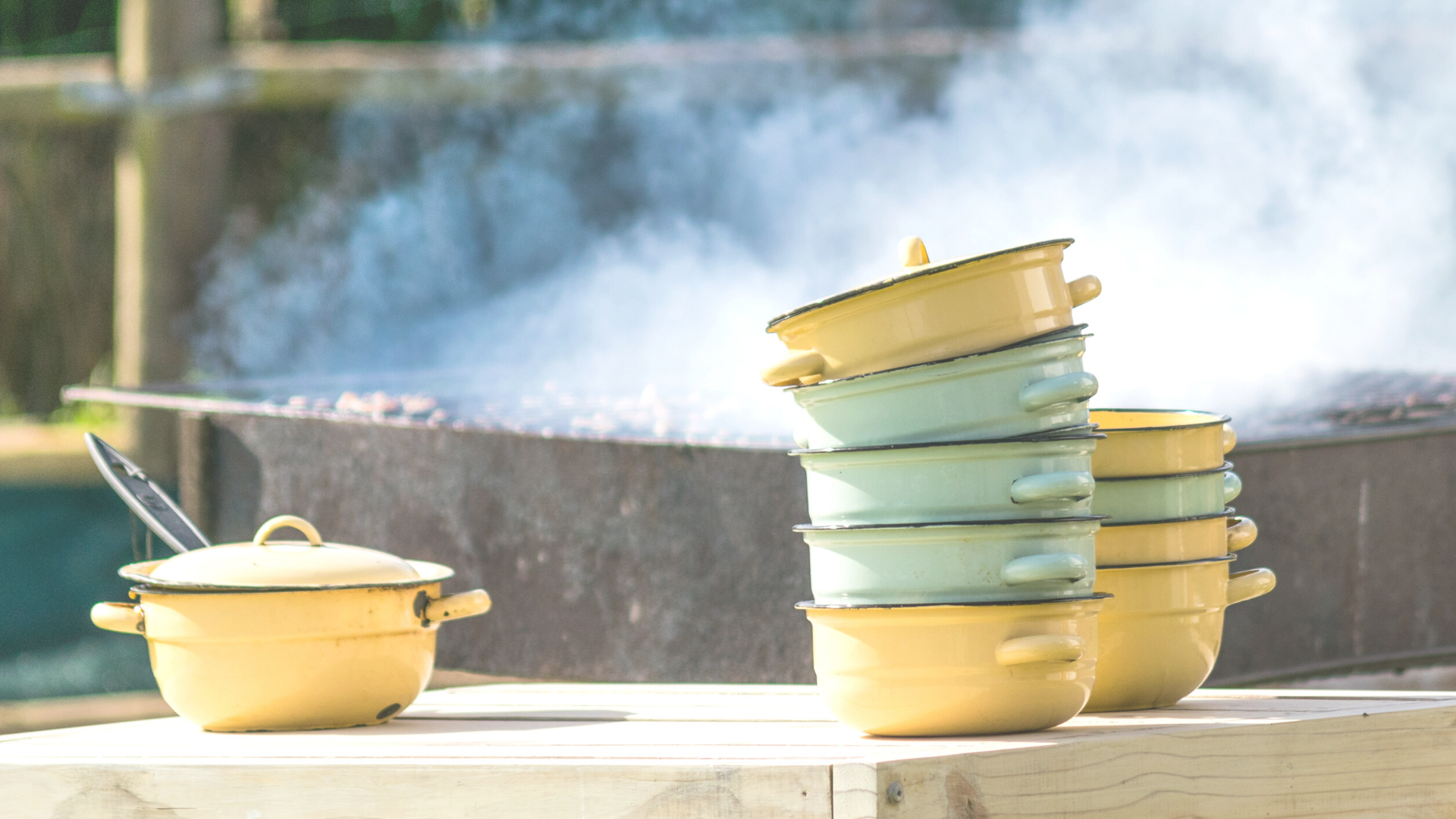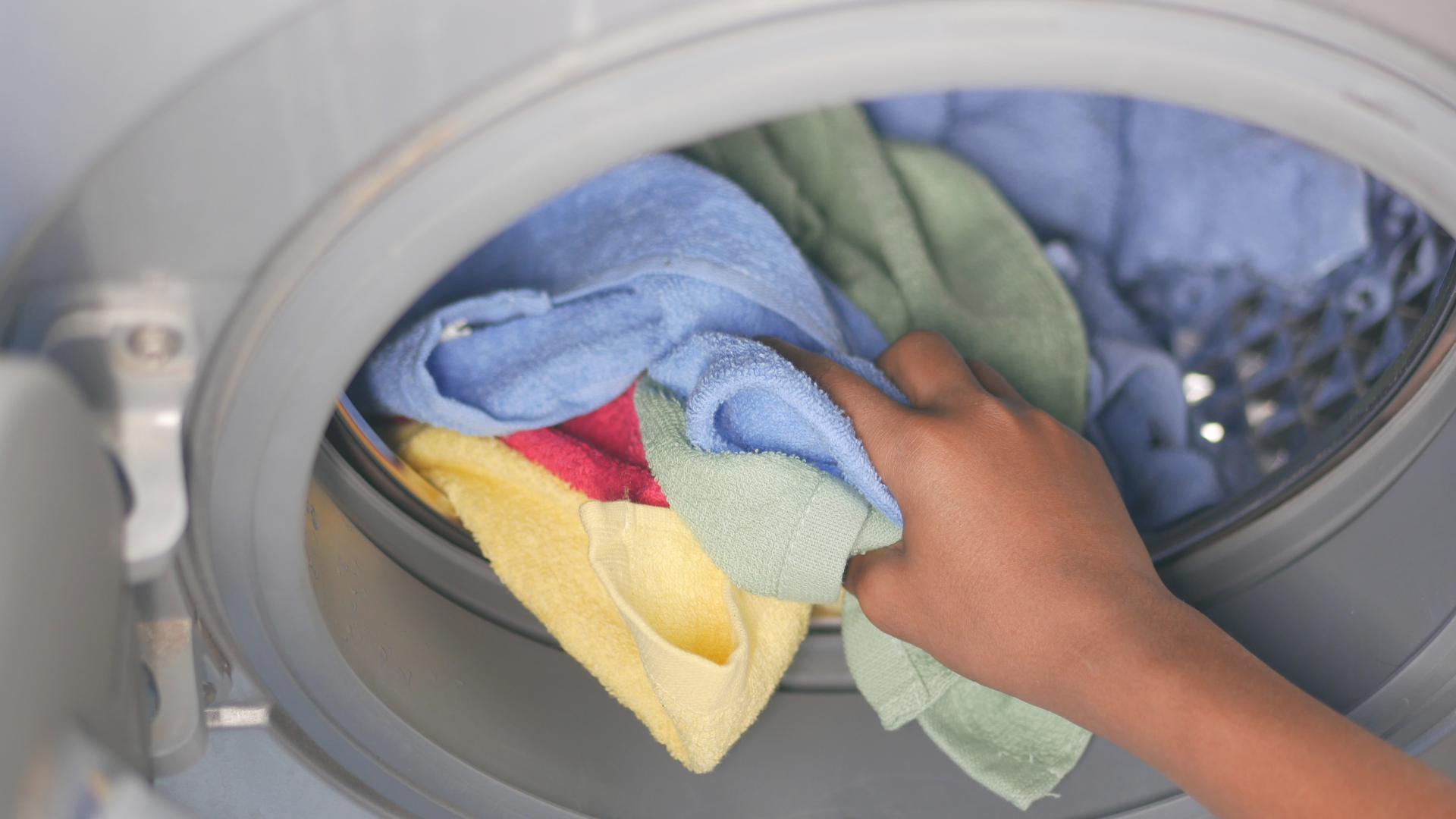This year, I didn’t make a New Year’s resolution. I like the concept, but we all know how New Year’s resolutions tend to turn out. I wanted to be more proactive and focused, and try something new.
Instead, I have chosen a word for the year. In my house, 2020 is going to be the year of health. I’m going to work on simple ways to improve my health and that of my family, starting in our home.
One area I’ve been meaning to explore is non-toxic cookware. If you’ve been shopping for a pan or skillet recently, you might have noticed labels such as PFOA-free, non-PFAS, and so on.
What does all this mean?
I learned that there are some very real health concerns associated with many non-stick cookware coatings – with everything from cancer to Alzheimer’s disease being linked to certain types of pots and pans.
Of course, the manufacturers of non-stick pans insist the risk is exaggerated, but I’d rather play it safe when it comes to my family’s health.
I recently upgraded my Crock-Pot to the non-toxic version, and I did the same with my favourite pan. After going to the trouble of making home-cooked meals for my family partly to avoid the chemicals found in ready-made meals, I wouldn’t want to work against those efforts by heating up all this food in toxic cookware!
How can I find non-toxic cookware?
I did a ton of research into non-toxic cookware, and I want to share it with you so all those hours I spent sorting through fact versus fiction won’t go to waste.
I’m hoping to make it really simple for you by telling you what’s best to avoid – and why – while presenting some safer alternatives so you can cook for your family without worry.
Here’s what to avoid
Non-stick Teflon pans with PFOA or PFAS
Teflon-coated pans are hard to beat when it comes to cooking food like eggs, but if yours have a few years on them, you should seriously consider tossing them. Concerns about Teflon are related to a chemical known as PFOA, or perfluorooctanoic acid, which is released from the poly- and perfluoroalkyl substances (PFAS) in the pan’s coating upon heating. That’s why you’ll see both of these acronyms on some cookware labels.
According to Healthline, some of the health problems that have been linked to PFOA include:
- liver disease
- infertility
- low birth weight
- kidney disease
- testicular cancer
- thyroid disorders
In addition, inhaling the fumes of the toxic chemicals released by heating Teflon can lead to a condition known as the “Teflon flu”, or polymer fume fever, with temporary symptoms like fever, chills, body aches and headache. By the way, this is also why birds can die when they’re near Teflon that is being used at normal cooking temperatures.
PFOA hasn’t been used in Teflon since 2013, so if you’ve recently bought a Teflon pan, you probably don’t need to worry if you keep the temperature below the recommended 300 degrees Celsius – but I don’t think I’ll be buying any cookware made with Teflon moving forward as the long-term effects of the chemicals they use instead of PFOA these days simply aren’t yet known.
And one more word of warning: no matter what year it’s from or whether it contains Teflon or not, you should avoid heating any type of non-stick pan whilst empty or to temperatures above 300 degrees Celsius, and be sure to throw it away the moment the coating starts to chip or flake. Better safe than sorry!
Aluminium
I used to think aluminium was relatively harmless. After all, it’s not only in our cookware but in the cans that some food is sold in, and many people use foil for cooking in the oven and on the grill.
However, recent research has shown that aluminium can be toxic, and a safe amount hasn’t really been determined. It’s been linked to neurological problems, Alzheimer’s disease, and even cancer, so this is one cookware material you should definitely avoid!
Copper
Copper cookware sure looks pretty, but if it’s unlined, copper can leach into your food and make its way into your body. Although we do need a little bit of copper for our health, too much of it can contribute to the development of neurodegenerative disease. And honestly, considering its high price tag and finicky heating performance, I’m just as happy to avoid this type of cookware!
Consider these safer non-toxic cookware alternatives
Cast iron
Cast iron is naturally non-stick when it’s seasoned properly, and it can stand up to temperatures that far exceed those considered safe for non-stick cookware. And not only is this non-toxic cookware pretty affordable to begin with, but it can last for decades, making it a solid investment. In fact, many families hand down cast iron cookware from generation to generation.
One downside is that it’s not a great choice for cooking tomato-based recipe as it can change the flavour. It’s also worth noting that it does leach some iron into food – but our bodies need iron and many people struggle to get enough of it, so this isn’t a problem unless you already have too much of it.
Stainless steel
Stainless steel is a great material for browning and sautéing. It’s not naturally non-stick, but a thin coating of oil can solve that problem quite nicely. It’s scratch-resistant, durable, and safe to put in the dishwasher.
While there are some minor concerns about the potential leaching of chromium and nickel – they’re not necessarily bad but your body doesn‘t need them – it’s still a better alternative than non-stick cookware.
Most stainless steel cookware will have numbers on it: 18 followed by another number to represent the nickel content. Make sure the second number is as low as possible – in other words, opt for 18/0 over something like 18/10 when you can.
Titanium
A bit more expensive than cast iron and stainless steel, titanium is completely nonreactive, which is why you’ll see it in surgical instruments and joint replacements. It’s not porous, so pans lined in titanium shouldn’t leach.
Although it takes a while to heat up, it’s worth it for peace of mind. Just make sure you get pure titanium for truly non-toxic cookware and not a mix of metals.
What about ceramic, enameled cast iron, and other non-stick pans?
These materials are hard to talk about in absolute terms because a lot of it depends on the manufacturer. Ceramic coated non-stick is likely a lot safer than traditional nonstick surfaces, but newer materials don’t have a lot of research behind them.
The DuraCeramic Crock-Pots have a DuraCeramic coating that is free of toxic ingredients, for example, but there are some ceramic coatings that can indeed be toxic, so this needs to be investigated on a case-by-case basis.
The same can be said for enameled cast iron; some are safe and some are not, with some types testing high for lead and cadmium. In fact, there is even some research showing that the colour of the enamel is linked to toxicity. As you can see, there are a lot of different factors involved so these materials in general don’t fit nicely into the categories of “safe” and “unsafe”.
When it comes to selecting “safe” non-stick pans, stick (pun not intended!) to a reputable brand. There are a lot of questionable brands, especially out of China where there aren’t really any standards enforced and you won’t know what you’re getting. One option I selected for my go-to pan, is Le Creuset, and these guys definitely don’t cut corners.
The bottom line
You could easily go crazy worrying about what potential toxins could be lurking in every little thing you use in your home, but I think the kitchen is a pretty good place to focus your concerns.
Children are especially vulnerable to many of these toxins because they’re still developing, so it just makes sense to err on the side of caution and invest in cookware that is generally considered safe instead of taking a chance with questionable or unproven materials.
Here’s to a healthy and hopefully toxin-free 2020!
What about you? Did you make a New Year’s resolution this year? Are there any healthy habits you’re hoping to introduce to your family?







Leave a Comment